Cats are often creatures of habit, especially when it comes to mealtime. But if you notice a change in their eating patterns—whether they’re suddenly more voracious or barely nibbling—it’s worth paying attention. Shifts in appetite can reveal more than just a change in tastes; they might indicate stress, health issues, or even emotional needs. Here’s a breakdown of what different eating behaviors might reveal about your cat.
1. Increased Appetite as a Response to Stress
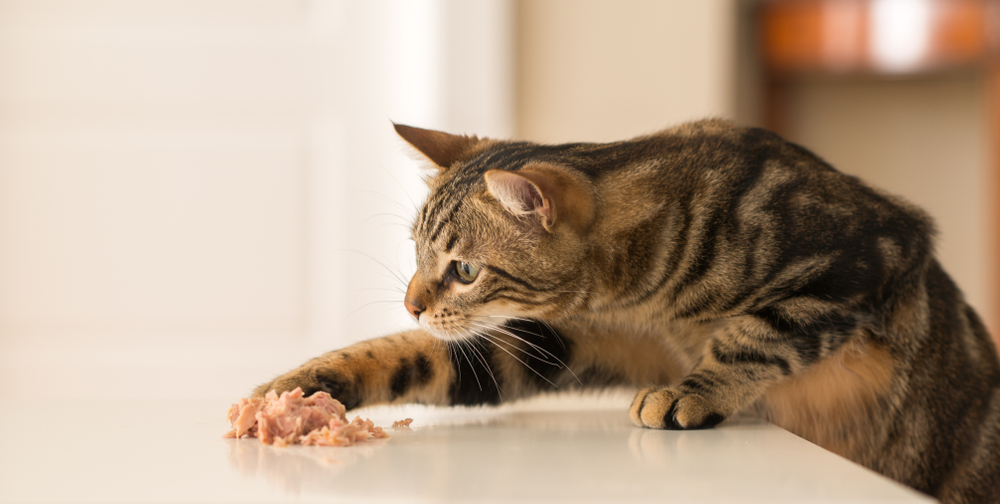
When a cat suddenly starts eating more than usual, it may be more than just a hearty appetite. Overeating can sometimes signal that your cat is stressed, using food as a comforting routine. Common stressors include a new pet, changes at home, or even unfamiliar visitors. If stress seems likely, providing calm spaces and maintaining a consistent environment can help ease their anxieties—and reduce the extra snacking.
2. Loss of Appetite as a Warning Sign
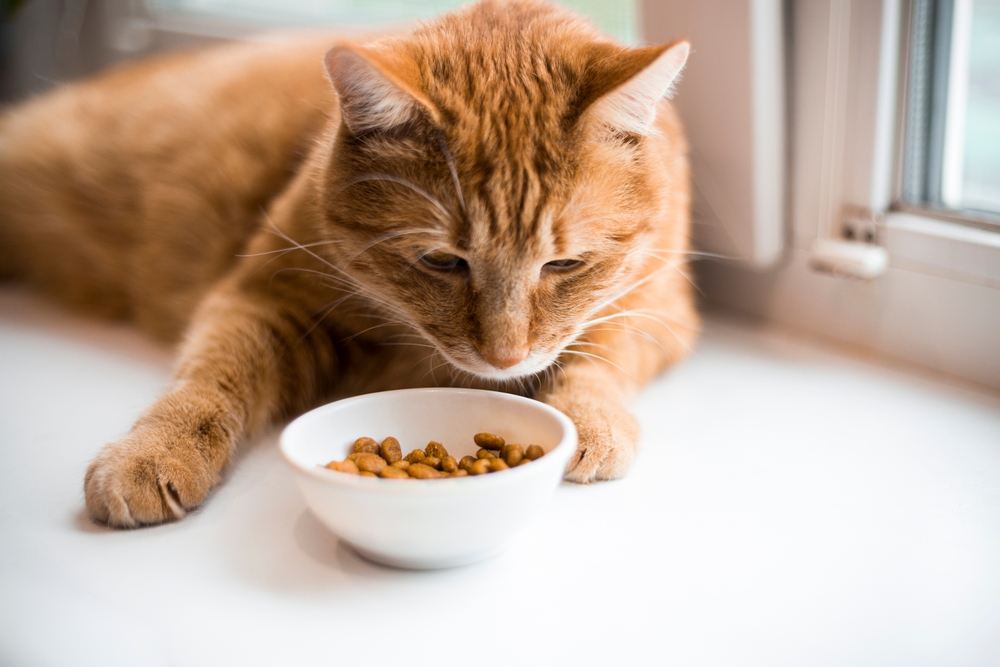
A cat that’s not interested in their food might be signaling something more serious. Loss of appetite can be an early sign of health issues, including dental pain, digestive discomfort, or even infections. If your cat’s lack of interest in food persists, it’s time to consult a vet. Their appetite is often a direct indicator of physical health, so don’t ignore it if they start turning away from meals.
3. Picky Eating to Assert Control
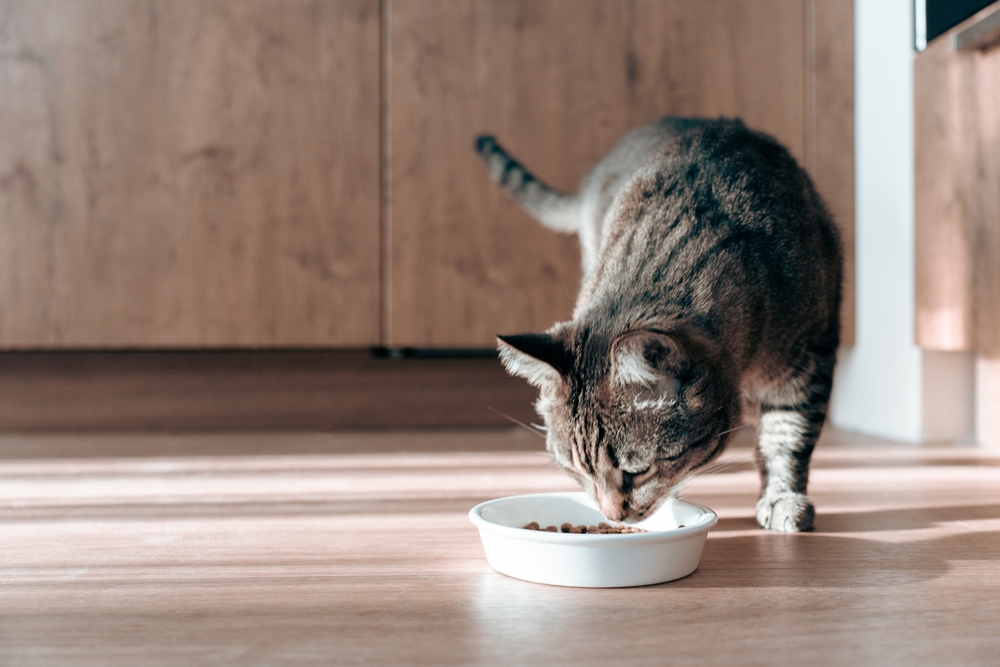
Some cats are famously picky eaters, which may actually be a form of expressing independence. When cats choose to eat only certain foods, they’re sometimes trying to exercise control over their environment. If they’ve turned up their nose at regular kibble, introducing variety, like rotating flavors or textures, can satisfy their desire for choice. Picky eating can be managed with patience and consistency, helping your cat feel in charge without leaving them hungry.
4. Sudden Cravings for Wet Food to Indicate Hydration Needs
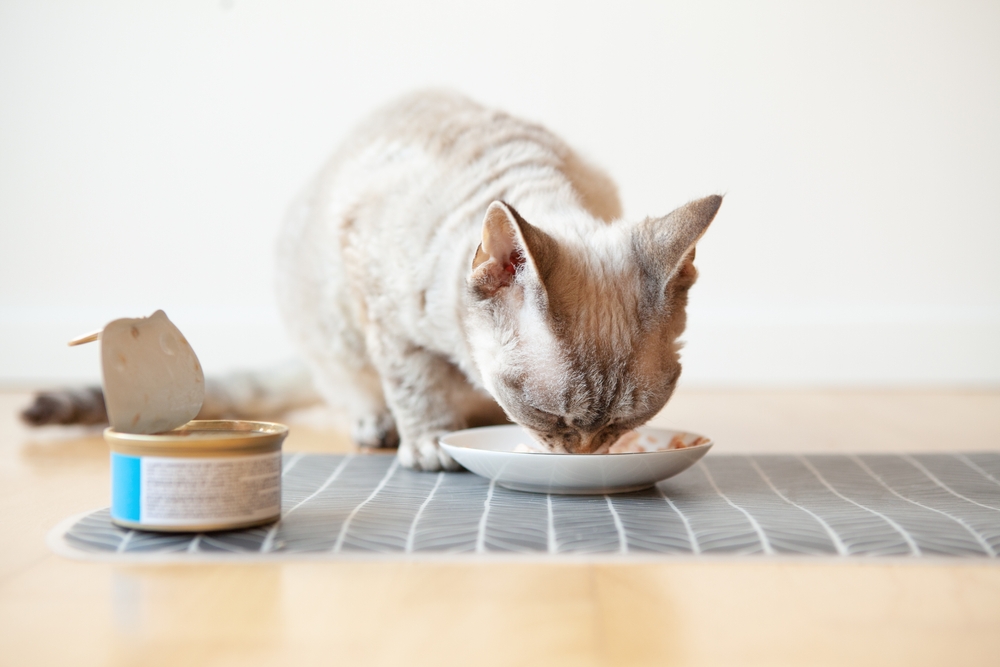
If your cat seems particularly drawn to wet food, it might be a sign they need more hydration. Cats are naturally low-water drinkers, especially if they’re on a dry food diet. Adding wet food or using a water fountain can help boost their fluid intake, keeping them healthy and hydrated. If they’re suddenly preferring wet food, consider it a gentle reminder to assess their overall water consumption.
5. Eating at Odd Hours to Reflect Disrupted Routine
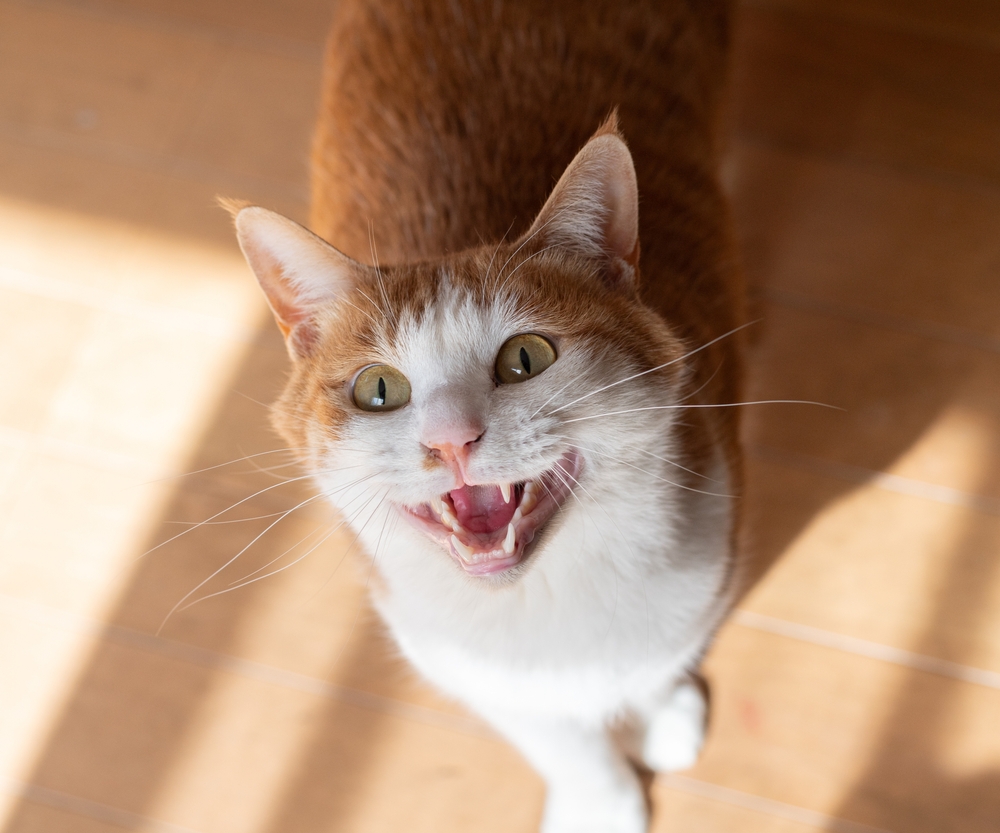
If your cat’s eating schedule is out of sync—like eating in the middle of the night—they might be reacting to a disrupted routine. Cats are sensitive to changes, so moving their feeding times or having new mealtime distractions can throw them off. By reestablishing a regular feeding schedule, you can help your cat feel more secure and restore their natural eating rhythm, allowing for better rest and digestion.
6. Binge Eating as a Sign of Boredom
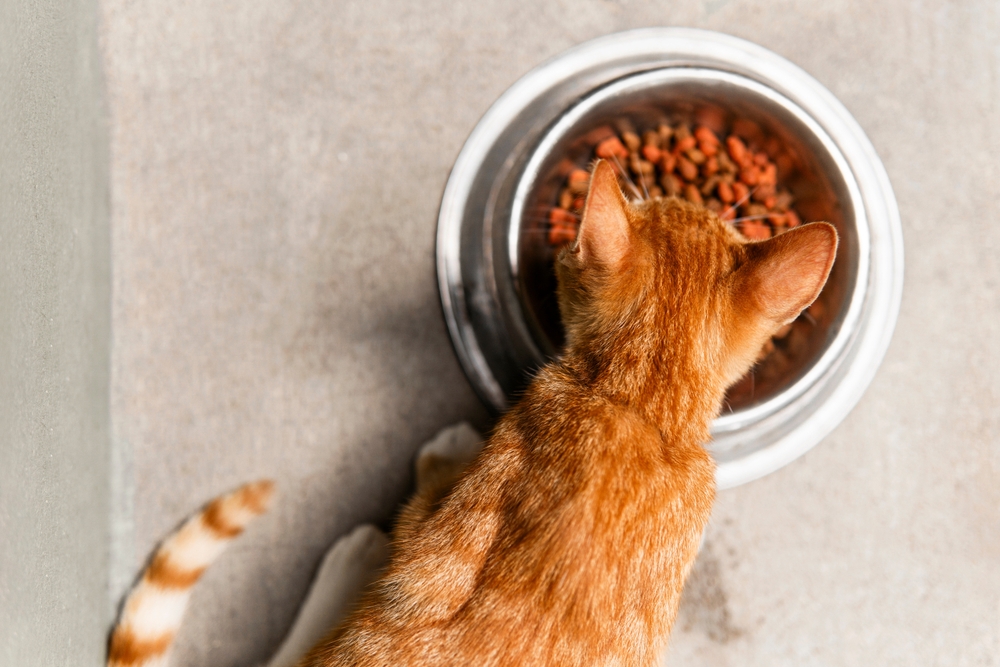
A cat that gobbles up food quickly or begs for more might be dealing with boredom. If they’re not getting enough mental or physical stimulation, they might turn to food as an easy way to pass the time. Increasing playtime or providing food puzzles can redirect that extra energy, helping them feel satisfied without overindulging. Keeping meals engaging and play sessions regular can curb their need to binge.
7. Refusing Food When Feeling Unwell
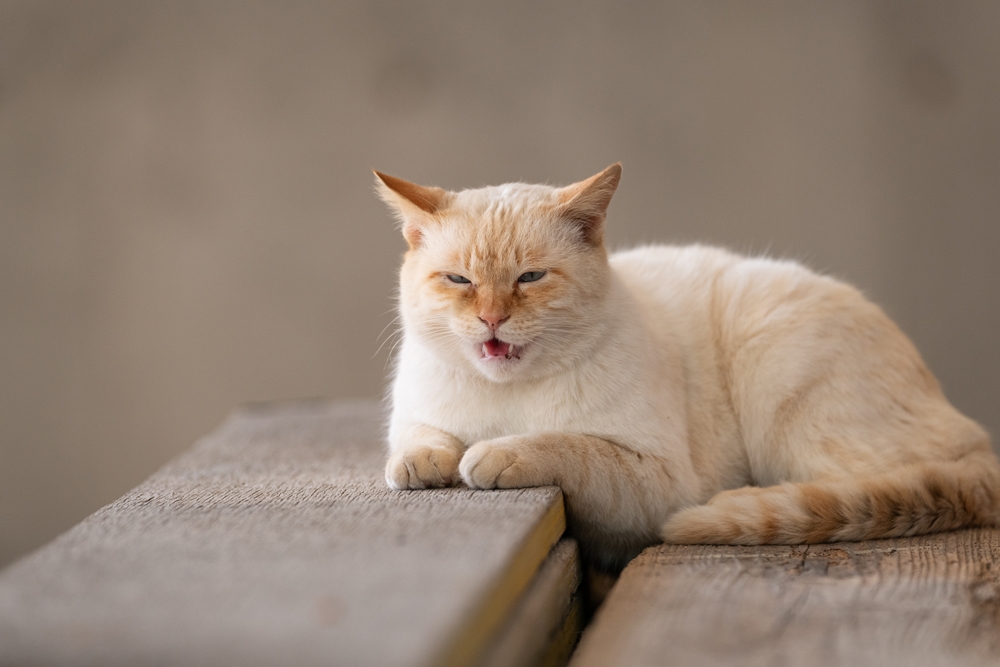
If your cat consistently refuses food, they could be trying to tell you they don’t feel well. Whether it’s a mild stomach upset or something more serious, loss of appetite is often a red flag for illness. Tracking this behavior closely and monitoring other symptoms like lethargy or vomiting can guide you to act promptly. Consulting a vet is wise if your cat’s avoidance of food continues for more than a day.
8. Begging for Food as a Call for Attention
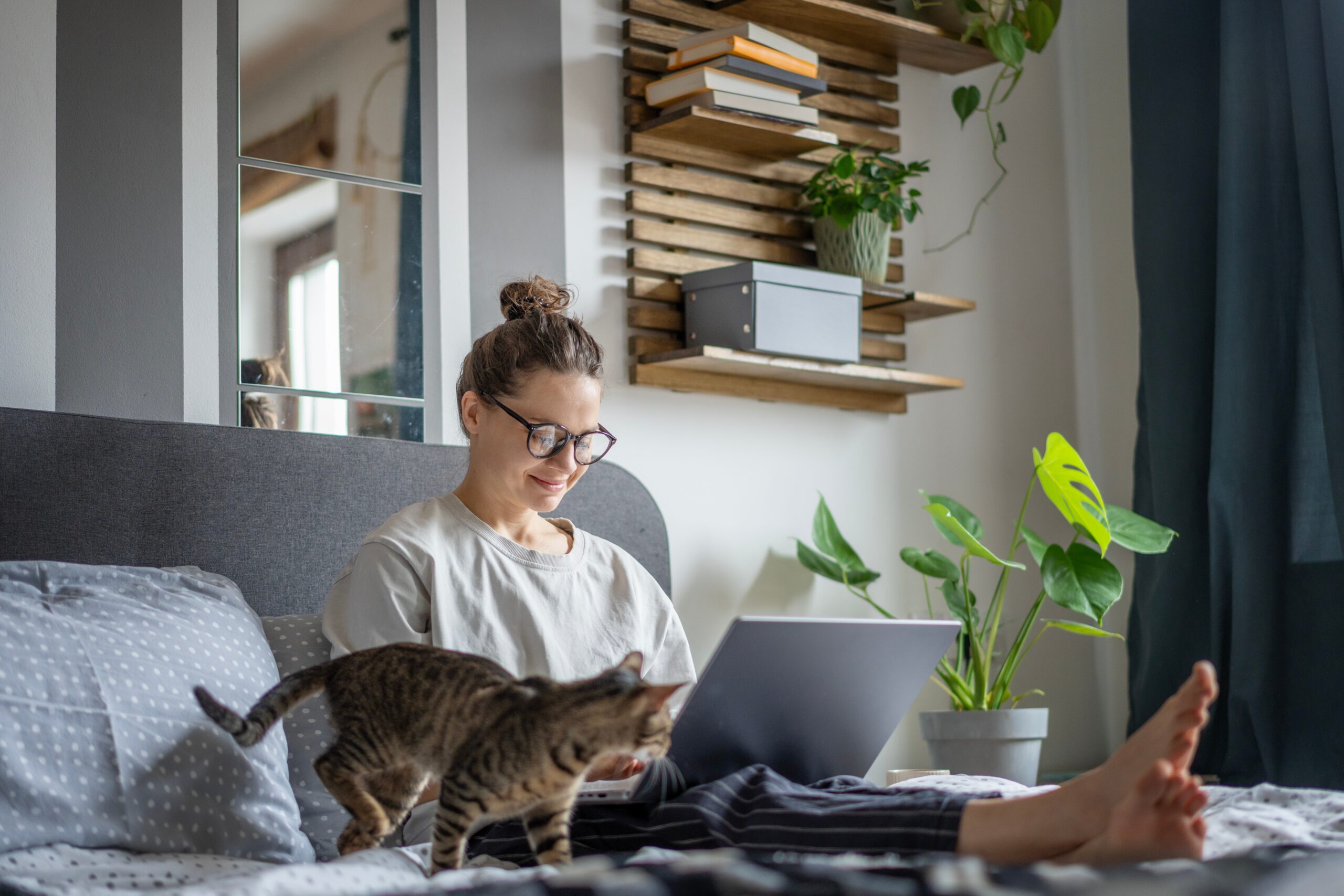
Cats that frequently beg for food—even when they’ve already eaten—might be looking for more than a snack. Begging behavior can signal that they need extra attention, affection, or play. Cats are smart, and they learn quickly that mealtime often brings interaction. By providing structured play and affection outside of meals, you can reduce begging while keeping your bond strong and fulfilling their emotional needs.
9. Eating Non-Food Items (Pica) as a Sign of Nutritional Deficiency
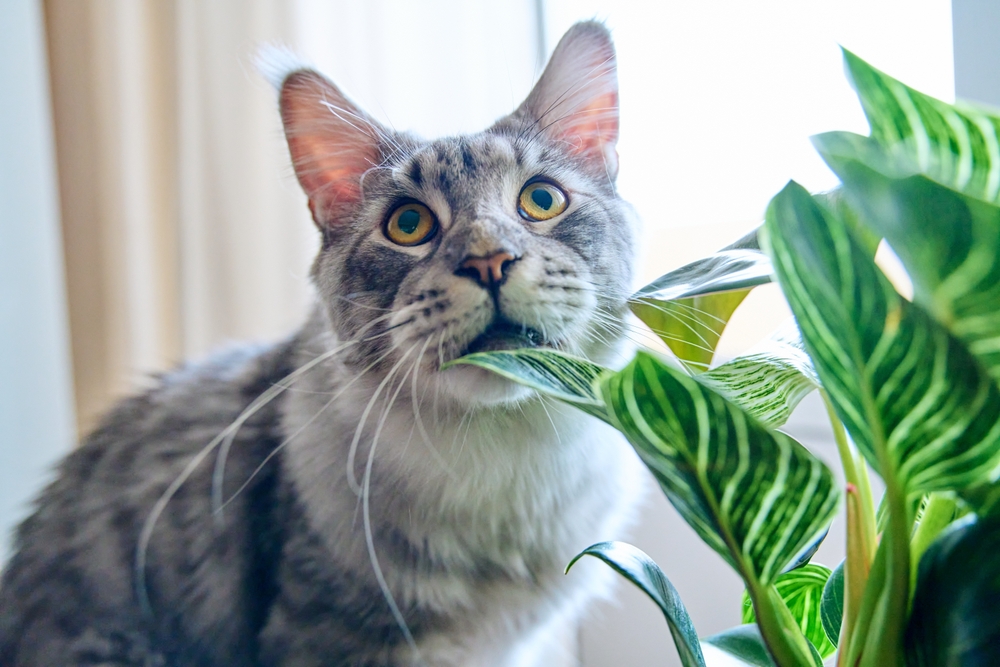
If your cat chews on strange items like fabric, plastic, or plants, they may have a condition known as pica, which can indicate nutritional deficiencies. Pica behavior could signal a lack of essential nutrients or sometimes even underlying anxiety. Keeping non-food items out of reach and providing a balanced diet are key, but a vet visit is also recommended to assess any gaps in their nutritional intake.
10. Grazing Throughout the Day to Reflect Independence
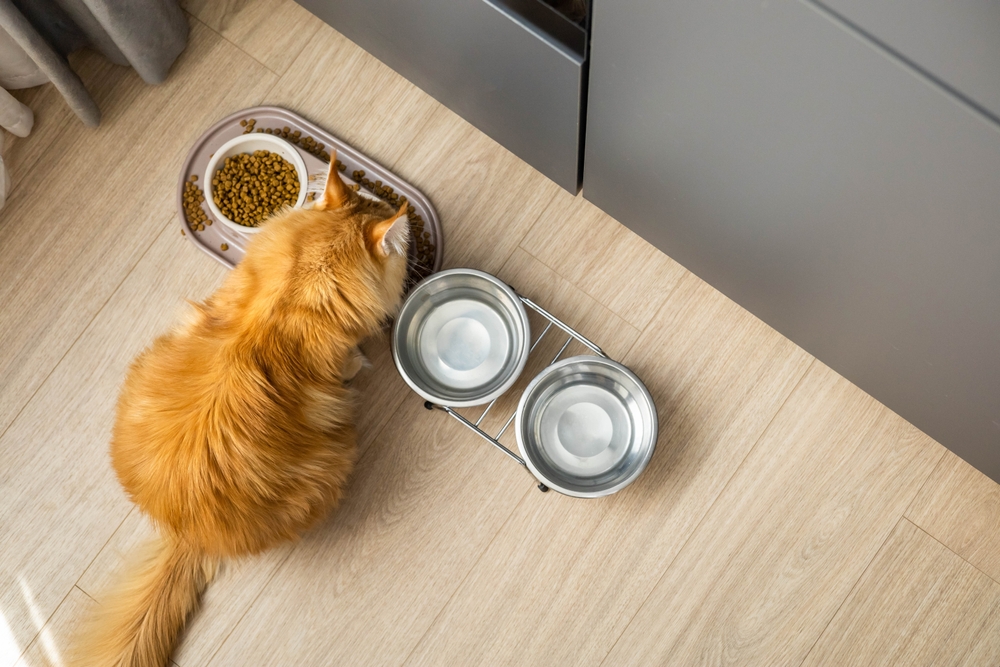
Some cats prefer to graze, taking little bites here and there instead of finishing a meal in one go. Grazing behavior often aligns with their independent nature and gives them a sense of control. If grazing works for both of you, leaving small amounts of food out can satisfy this habit without overeating. Alternatively, set specific mealtime windows if you’re looking to manage their intake more closely.
Understanding your cat’s eating habits allows you to respond with insight and compassion, potentially uncovering hidden needs or health concerns. From stress and routine shifts to nutritional needs, their mealtime behavior reveals more than meets the eye, helping you support their well-being with every bite.
